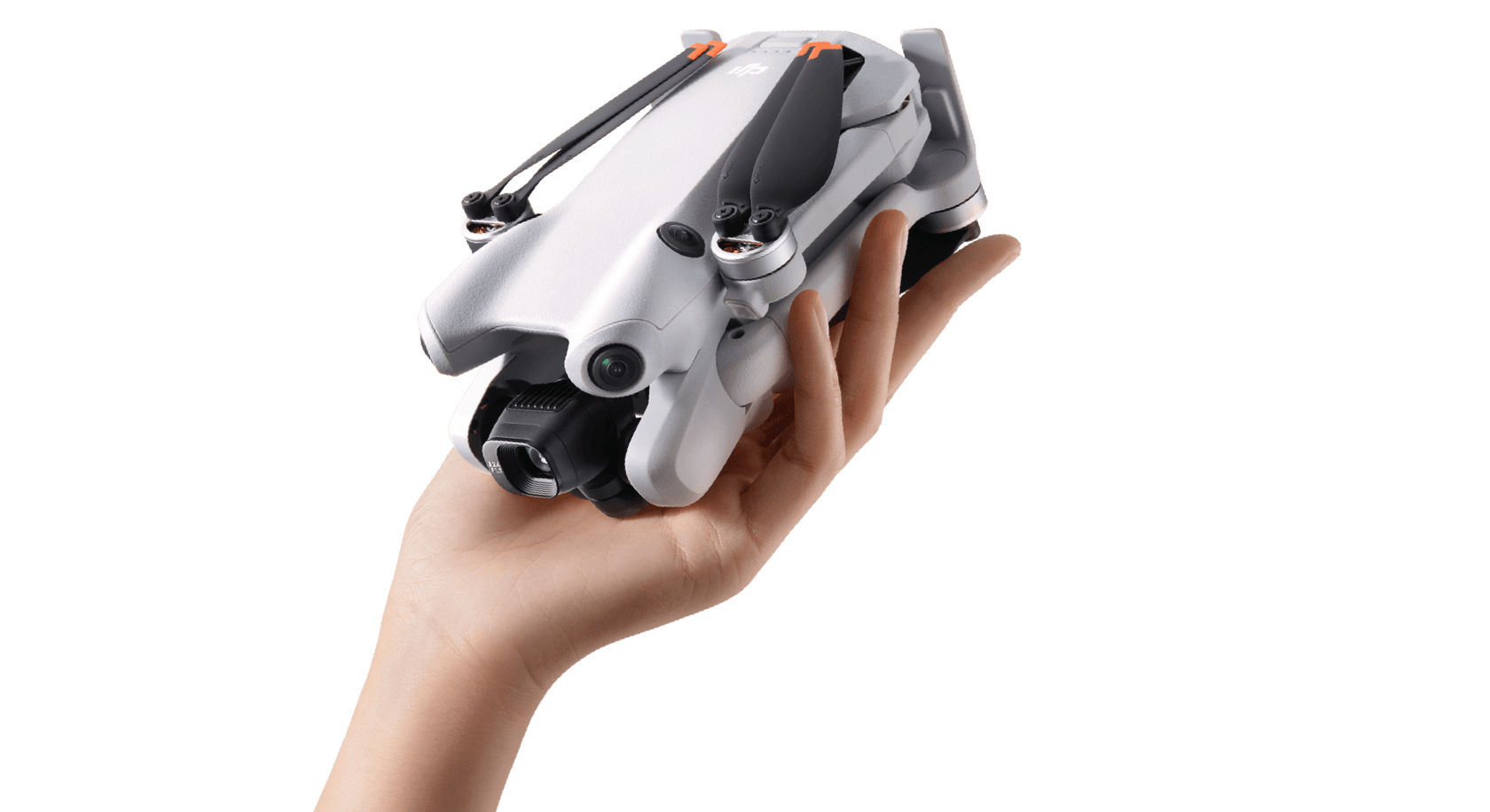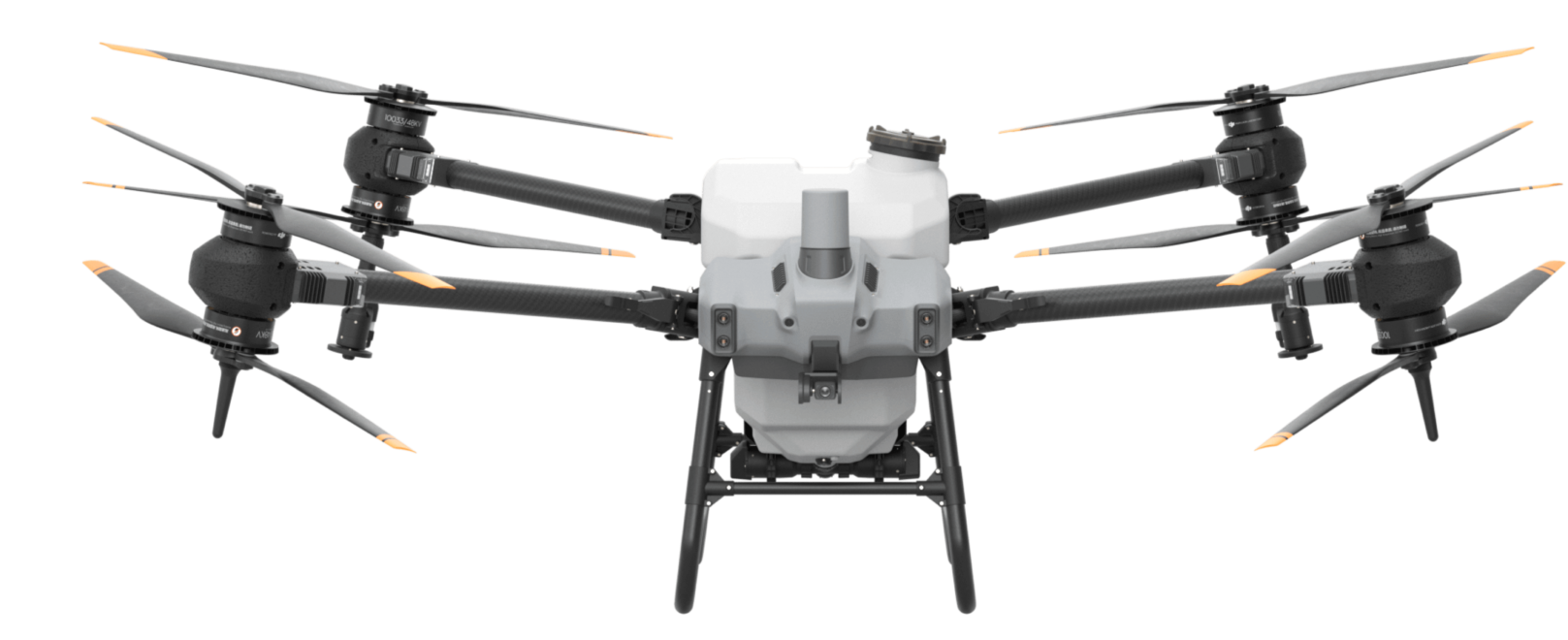
Do I need a license to fly a drone in Canada?
- Date 10/07/2024
Introduction
The use of aircraft in Canadian airspace is regulated by Transport Canada. The Canadian Aviation Regulations (CARs) set out the legal requirements for flying drones in Canada.
As of June 2019, Transport Canada classifies drones into three categories based on their take-off weight :
- Category 1 : Drone weighing less than 250 grams
- Category 2 : Drone weighing between 250 grams and 25 kilograms
- Category 3 : Drone weighing over 25 kilograms
Consequently, the regulations governing drone piloting in Canada depend on the weight of the aircraft you wish to fly. In the following sections, we'll answer the question “Do I need a license to fly a drone in Canada ?” for each of these 3 drone categories.
Category 1 : Drone weighing less than 250 g

In Canada, a drone with a take-off weight of less than 250 grams is called a “micro drone” or “micro RPA”. This type of drone is very light and compact, making it the ideal partner for hiking and travel. However, because of its small mass, the micro RPA is more unstable in windy conditions, and its camera is less powerful than heavier drones.
In Canada, do I need a license to fly a drone weighing less than 250 g ?
In Canada, you don't need a license to fly a drone weighing less than 250 grams. However, if you add weight to a drone and its take-off weight reaches 250 grams or more, it will be subject to small RPA regulations (250 g ≤ weight ≤ 25 kg).
However, even if a license is not mandatory to fly a micro RPA, it's important to note that the pilot must still comply with certain rules.
As mentioned in article 900.06 of the CARs, a pilot must ensure that he does not operate their drone in a reckless or negligent manner as to endanger or be likely to endanger aviation safety or the safety of any person. This section of the CARs applies to all drone categories, including micro RPAs. A pilot found guilty of compromising air safety or the safety of persons on the ground is liable to a fine of $1,000 as an individual and/or $5,000 as a corporation.
In order for a micro RPA pilot to comply with CAR 900.06, Transport Canada recommends following these general rules :
- Maintain the micro RPA in direct line of sight.
- Avoid flying your micro RPA above 400 ft above ground level (AGL).
- Keep a safe lateral distance between your micro RPA and other people.
- Stay far away from aerodromes, water aerodromes, and heliports.
- Avoid flying near critical infrastructure.
- Stay clear of aircraft at all times.
- Conduct a pre-flight inspection of your micro RPA.
- Keep the micro RPA close enough to maintain the connection with the remote controller.
- Follow the manufacturer’s operational guidelines.
- Avoid special aviation or advertised events.
In addition to these recommendations, Micro RPAs are prohibited from entering the following zones without proper authorization :
- Class F special-use restricted airspace (CYR);
- airspace over a forest fire area or over any area that is located within 5 NM of a forest fire area, or any airspace for which a NOTAM for forest fire aircraft operating restrictions has been issued; and
- zones in which section 5.1 of the Aeronautics Act restricts the use of airspace for all aircraft.
To find out where micro RPAs are prohibited, please refer to the NAV Drone Viewer tool. We recommend checking this tool before each flight, as some zones are temporary.
Category 2 : Drone weighing between 250 g and 25 kg

In Canada, a drone with a take-off weight of between 250 grams and 25 kilograms is known as a “small Remotely Piloted Aircraft” or “small RPA”. This type of drone is very popular, both for recreational and commercial use. Indeed, this weight range enables drone manufacturers to integrate payloads such as high-performance cameras, thermal cameras, Lidar sensors and more. What's more, thanks to its higher weight, the drone is much more resistant to wind, enabling more stable and fluid image capture.
In Canada, do I need a license to fly a drone weighing between 250 g and 25 kg ?
In Canada, a drone pilot certificate is required to fly a drone weighing between 250 grams and 25 kilograms.
Depending on the operations to be carried out, there are two types of small RPA pilot certificate :
- Small RPA Pilot Certificate - Basic Operations: Allows you to fly a small RPA in uncontrolled airspace, away from certified aerodromes, and at a horizontal distance of at least 30 meters from any persons not involved in the operation.
- Small RPA Pilot Certificate - Advanced Operations : Allows you to fly a small RPA in controlled airspace, in the vicinity of certified aerodromes, and at a horizontal distance of less than 30 meters from any persons not taking part in the operation.
How do I obtain a drone pilot's certificate to fly a drone weighing between 250 g and 25 kg ?
If you're interested in flying a small RPA, we've created a comprehensive guide to help you learn more about drone pilot certificates. This guide will help you find out which of the two pilot certificates is right for you, and how to get it.
Category 3 : Drone weighing over 25 kg

Drones weighing over 25 kg are generally used in the agricultural, military and delivery sectors.
In Canada, do I need a license to fly a drone weighing more than 25 kg ?
In Canada, to fly a drone weighing over 25 kilograms, you need to get a Special Flight Operations Certificate (SFOC).
To find out more about the process of obtaining a SFOC, please refer to the “Get permission for special drone operations” page on the Transport Canada website. As indicated on this page, one of the prerequisites for obtaining this type of SFOC is to hold a drone pilot certificate for advanced operations. To find out how to get the Drone Pilot Certificate for Advanced Operations, please check out our guide by clicking on the button below.
Other Cases
Do I need a drone pilot's license if I want to use a drone for commercial purposes ?
This is a question we're often asked, as the previous regulations governing drone piloting in Canada distinguished between recreational and commercial activities.
As of June 2019, drone operations are no longer categorized according to the purpose for which the drone is used. In fact, the CARs do not distinguish between recreational vs. commercial drone use. The regulations are the same whether you're using your drone for recreation or to provide paid services.
As seen earlier in this article, the need for a drone pilot certificate depends solely on the weight of the aircraft. To fly a drone weighing between 250 g and 25 kg, you need a drone pilot certificate. To fly a drone weighing over 25 kg, you need to hold an advanced drone pilot certificate, as well as a SFOC.

Do foreign pilots need a license to fly a drone in Canada ?
In Canada, you are considered a foreign pilot or operator if you are not a Canadian citizen, permanent resident or federally or provincially incorporated company.
To fly a drone in Canada, a foreign pilot must comply with the same requirements as a Canadian pilot. In addition, if they wish to fly a drone weighing 250 g or more, foreign pilots must obtain an SFOC from Transport Canada.
To learn more about the process of obtaining a SFOC in this context, please refer to the page “Get permission to fly a drone as a foreign pilot or operator” on the Transport Canada website.
For example, a tourist wishing to fly a 500-gram drone in Canadian controlled airspace will need to pass Transport Canada's advanced exam, obtain a foreign pilot SFOC, and finally pass the flight review.
Penalties for Non-Compliance

If you fly a drone weighing 250 grams or more without a pilot's certificate, you can be fined as follows :
- Up to $1,000 for individuals
- Up to $5,000 for legal entities
Conclusion
Flying drones in Canada is subject to strict regulations, depending mainly on the weight of the aircraft. Drones weighing less than 250 g can be flown without a license, provided certain safety rules are observed. On the other hand, drones weighing between 250 g and 25 kg require a drone pilot certificate, with distinctions between basic and advanced operations. For drones weighing over 25kg, a Special Flight Operations Certificate (SFOC) is required. Foreign pilots must also comply with Canadian requirements. Failure to comply with these regulations can result in substantial fines for individuals and companies. It is therefore crucial to know and follow the rules in force to ensure safe and compliant flying.
